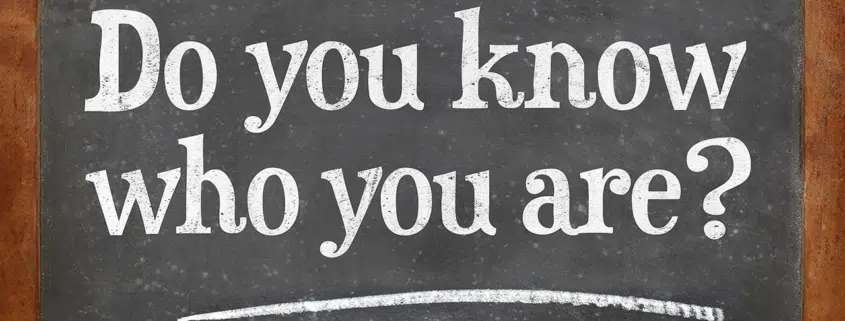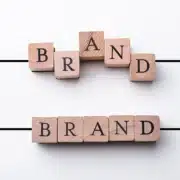The Never-Ending Customer Journey
Defining your audience begins with knowing your own organization
Who do you think you are? No, really. Do you know who you are as an organization? Because only when you understand your own organization will you be able to define your audience.
Surprisingly, when we ask our clients who they are as an organization, they often have a tough time answering and fall into institutional speak that can get a bit convoluted. Figuring out who you are as an organization is your first step in your communications journey and helps you find your voice. A few months ago, we talked about finding your voice. Check out what my colleague, Michael Laskonis had to say about that here The Key to Successful Messaging: Finding Your Voice. Once you know who, you’ll be on your way to knowing how to define and attract the right audience. A word of advice, this is not a one-and-done exercise, instead, a healthy and growing organization will continue to evaluate and consider if you are who you say you are.
So, where to begin? You can start by answering two questions. What are your goals? And who is your audience?
What are your goals?
“Ya gotta have a goal,” said Kitt, in the movie Pretty Woman. And she was right. If you don’t have goals, how do you know where you want to go. It’s the S.M.A.R.T. thing to do. That means they should be Specific, Measurable, Achievable, Relevant, and Time-Bound. Taking time to establish organizational goals will help you understand who you want to attract and if you are selling what they want.
Who is your audience?
Sometimes your audience(s) is different than who you want them to be or who you think they are.
Several years ago, we worked with a small, private college in a tiny town in the middle of cornfields and an hour away in each direction from a major city. While they had a beautiful campus and offered exceptional programs and great career outcomes, they lacked the name recognition and reputation of their competitors. They would heavily recruit the same high-achieving A students that their more well-known and desirably located competitors were going after – and they usually lost out. When they took a step back and evaluated who was actually enrolling, they soon realized they were attracting an interesting type of student – the B student, often the second child in a farming family. The kid who may not be the one to inherit the family farm or may want to stay closer to home. It changed their entire perspective on how to recruit the student who was the right fit for their school.
Once your organization knows your goals and who your audiences are, you’re ready to develop your content strategy to attract them. What goes in your content strategy? You’ll have to stay tuned for Part 2 of The Never-Ending Customer Journey!









